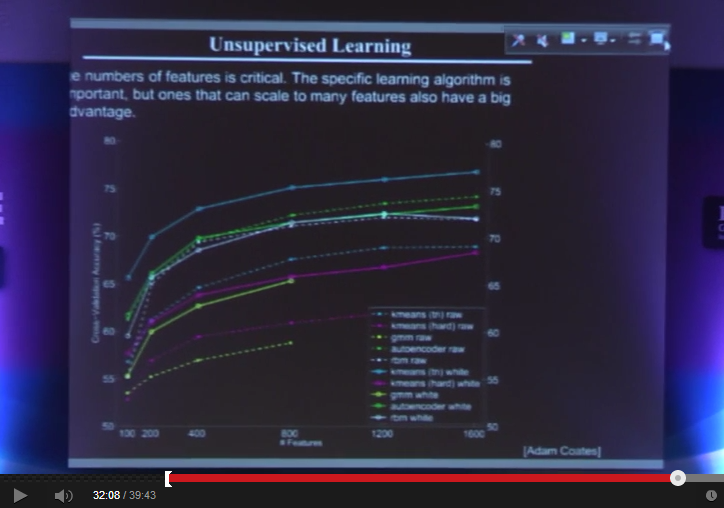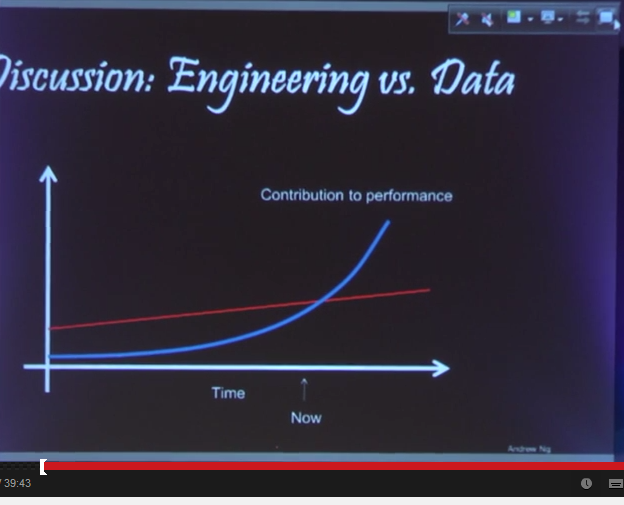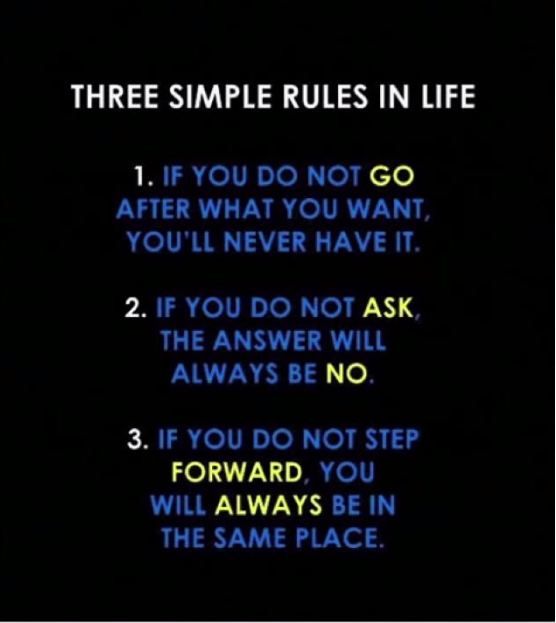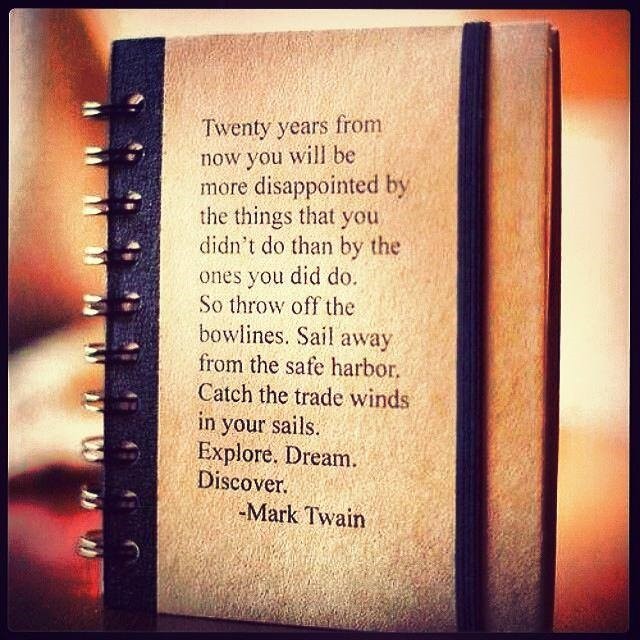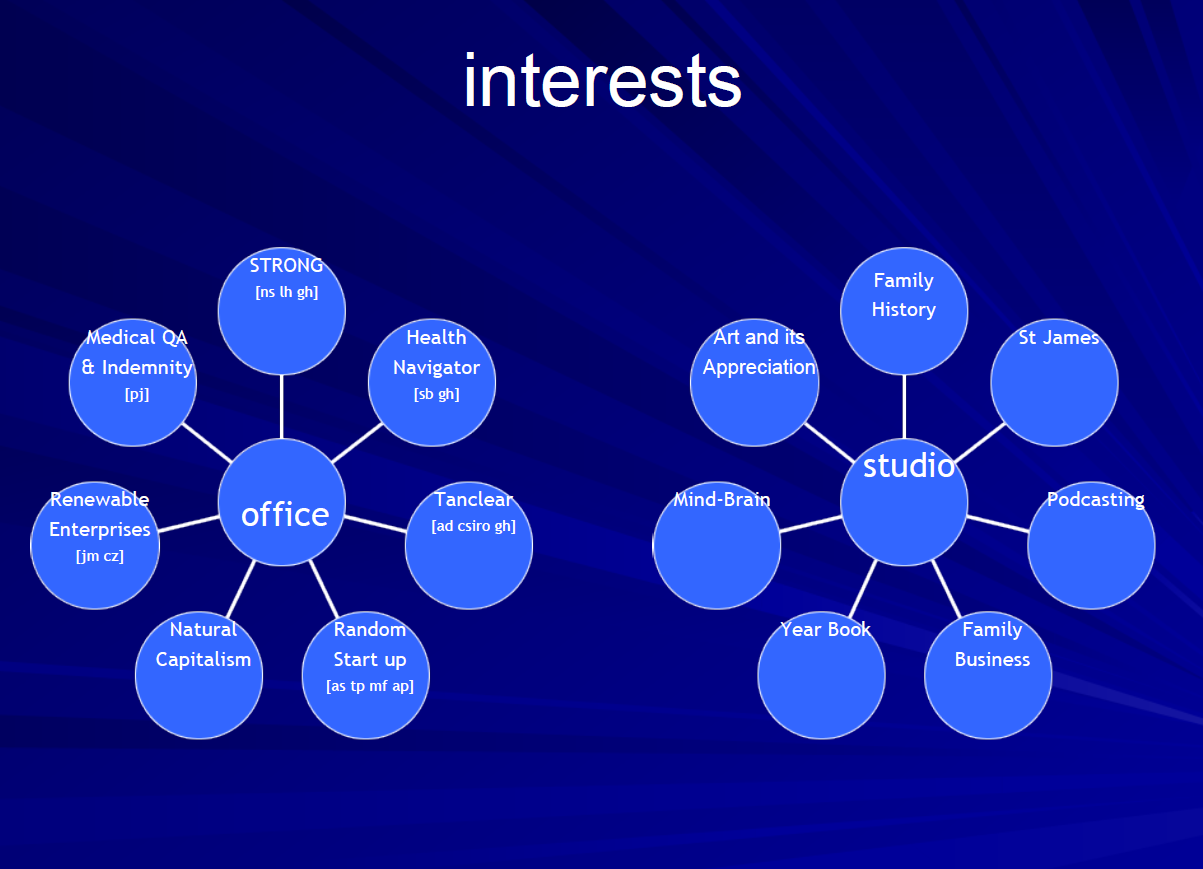Democracy, it has been said, is the worst form of government except for every other form. As the long season of our political discontent drags on, the liabilities of consensus-based governance are on prominent display, salient among them a perennial lack of consensus. The situation seems unlikely to improve as a new year dawns, for it is, after all, an election year.
All of which serves to deepen the longing I suspect we each have cause to feel for a world where what we believe should be done, reliably gets done. Since Plato’s “Republic,” we have acknowledged that the challenges involved in conceiving what would make the world better are the lesser impediment to enhancing our destinies. Navigating such ideas, ideals and aspirations through the gauntlet of democratic dissent and past the intransigence of the status quo is the greater. The execution step is where good ideas all too often go to die.
The unnecessary death of good ideas — and of people — is much on my mind as the new year looms, with its promise of fresh starts. For far too long already, a failure to turn what we know into what we do has cost us dearly.
The case for the power of the possible in public health is clear, compelling and data-driven. Were we to commit to the policies required to eradicate tobacco use, establish moderate daily physical activity as the prevailing cultural norm and turn healthful eating into the new “typical” American diet, we could eliminate 80 percent of all chronic disease.
Do take a moment to let that sink in. Statistics have the capacity to be stunning and dull at the same time. We tend to need faces and names to get our passions going.
So consider this. If someone you love has ever had heart disease, cancer, a stroke or diabetes — there are eight chances in 10 that better use of feet, forks and fingers would have prevented that adverse fate outright. Viewed from altitude, eight out of 10 of us who have suffered through the anguish of a serious chronic disease with someone we love — wouldn’t have had to if what we knew about disease prevention were translated into what we routinely do about it.
Health promotion is what I do, so such musings are vocational on my part. But I, too, have loved ones laid low by chronic diseases that need not have occurred. So this is up close, and intensely personal.
As the new year dawns, then, my thoughts are irresistibly drawn to what might be. What if knowledge were power? What if what we know became what we do? Preoccupied by such reflections, I indulge myself in a reverie. Here’s what I would do if I were the philosopher-king of public health in 2012.
I would declare that a flood of factors — from highly-processed food, to labor-saving technologies, to clever marketing of insalubrious products — conspires against our health. I would proclaim that every person, family and community deserves to be protected by a levee of empowering, health-promoting tools and programs. I would call on personal responsibility for making good use of such resources — but I would acknowledge that before people can take responsibility, they must be empowered. As public health philosopher-king, such empowerment would be my job.
I would eradicate tobacco use. This pernicious scourge has taken years from life and life from years for far too long already. Those currently addicted to tobacco would need authorization from a physician to get it, and would at the same time receive every assistance modern science can offer to help them quit. But the substance, and any marketing of it, would be banned for all others. No young person should ever again be seduced into this calamitous boondoggle.
I would make everyone a nutrition expert by putting an objective, evidence-based, at-a-glance measure of overall nutritional quality on display everywhere people and food come together, and thus close every loophole to marketing distortions. Then, I would attach to this metric a system of financial incentives so that the more nutritious the food, the less it costs. The incentives would not constitute a new cost, but rather an opportunity for savings. They would be paid by the entities that currently pay the costs of disease care — insurance companies, large employers and the federal government. The costs of subsidizing cabbage are trivial compared to the cost of CABG, so says the king (not to mention the world’s leading health economists). Incentivizing healthful choices could save us a lot of money. Everyone can win.
I would make physical activity a readily accessible and routine part of everyone’s day. This can be done in schools with programming that embraces the time-honored adage: sound mind, sound body. This can be done in a way that honors personal preference for different kinds of exercise. In my kingdom, every school would have such programming.
So would every worksite. And every church. And little by little, we would do the requisite hard work on the built environment throughout the kingdom so that every neighborhood and town was designed to take physical activity off the road less traveled, and put it on a path of lesser resistance. This would cost money in the short term, but save both money and lives over time. Until this job was done universally, we would not just wait on the world to change — but would provide those in acute need access to the oases of comprehensivehealth promotion that already exist.
Every school would teach children and their parents the skills required to identify and choose more nutritious food. Every cafeteria would be designed to encourage, without forcing, better choices. School food standards would be unimpeachable — and a slice of pizza would not qualify as a serving of vegetables.
Businesses would adopt schools (as they now adopt highways) to provide the resources required for state-of-the-art health promotion programming, and so that parents and children could get to health together. We are otherwise unlikely to do so at all.
Guidance to nutritious restaurant meals wherever they are available would be at the fingertips of all, in the service of loving food that loves us back. In my kingdom, we would not mortgage our health for the sake of dining pleasure — nor vice versa!
Robust economic modeling would be conducted to guide biomedical research so that it translated most efficiently into measurable and meaningful improvements in the human condition. In my kingdom, such data would drown out diatribe, epidemiology would trump ideology, and we would prioritize the practices subtended by the best data, not propagated by the loudest shouting or dictated by the deepest pocket.
In my kingdom, every clinician would be trained to be expert in lifestyle counseling, and serve as an effective agent of health-promoting behavior change.
We would construct a comprehensive sandbag exchange so that every one of us, no matter what we do or where we do it, could contribute to the levee. In my kingdom, no one would be part of the problem because everyone would be part of the solution. And as sandbagsaccumulate, we would gather evidence to know just how much needs to be done to turn the toxic tide of chronic disease. We would devise the tools needed to disseminate effective strategies, while honoring the need for local control and customization.
We would take patient-centered care to the next level by establishing a mechanism for participant-centered research, giving the true “beneficiaries” of biomedical research a chance to call the shots. We would shift subsidies and marketing from foods with the longest shelf lives, to foods that extend the shelf lives of the people eating them! We would pursue our health in conjunction with efforts to preserve the health of the planet. We would do what it takes to find ourselves eating food, not too much, mostly plants.
In my kingdom, we would do this, and more, until the 80 percent of all chronic disease we know we can eliminate were actually eliminated. Until forces that conspire against years of life, and life in years, were banished. Until eight times in 10, the phone did not ring with bad news; the ambulance did not need to be called; the anguished visit to the ICU or CCU did not need to happen. And then, we would figure out what we could do about the remaining two!
The best way to predict the future is to create it. We cannot create what we don’t first conceive. From Plato to Dr. Seuss, we have been invited to consider what the world could be like if the right people ran the zoo.
And yet we are right, of course, to renounce the tyranny of Plato’s philosopher-king — for tyranny it would be. Along with the absolute power required to implement good ideas at will comes the power to do the same with bad ideas — and it can, at times, be awfully hard to tell them apart. And then there’s the fact that absolute power corrupts absolutely. The benevolence of despotism is not to be trusted. Which leaves us thankful for our democracy — dysfunctional though it may be at times.
Still, it is vexing to stand at the gulf yawning between what we know and what we do. It is painful to concede that knowledge is not power. It is tantalizing to imagine a world where that translational divide is bridged.
And so I do. I ponder the power of the possible as the New Year dawns — and invite you to join me. We don’t need a philosopher-king to change the world, just a small (or preferably large!) group of thoughtful and committed citizens. That could be us. This could be the year. What if?
-fin
Dr. David L. Katz; www.davidkatzmd.com
www.turnthetidefoundation.org
Follow David Katz, M.D. on Twitter: www.twitter.com/DrDavidKatz
